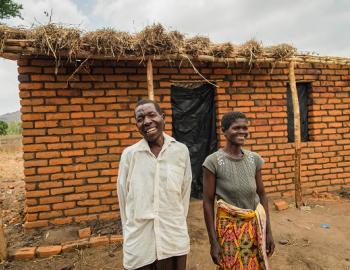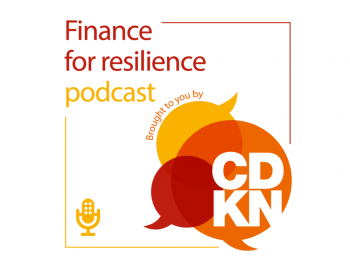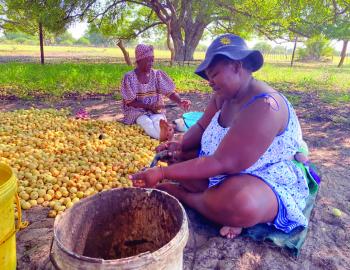Working Paper : The Adaptive Capacity of Soufriere, St Lucia to Climate Change
Working Paper : The Adaptive Capacity of Soufriere, St Lucia to Climate Change
Over the coming years, the Caribbean islands are expected to experience increasing temperatures and changes in wind and rainfall patterns. These climate changes are likely to result in a variety of other changes including sea level rise, ocean warming, coral bleaching, the loss of marine biodiversity, increased coastal erosion and landslides, changes in growing seasons, and increased prevalence of pests, invasive species and contagious diseases (GoSL 2003).
This paper is part of a larger ongoing research project called the Global Islands’ Vulnerability Research Adaptation Policy Development (GIVRAPD), which focuses on vulnerability and adaptation to climate change in four island communities in the Caribbean (St Lucia and Jamaica) and the Indian Ocean (Mauritius and Seychelles). Led by the not-for-profit organisation INTASAVE, the project aims to identify the multi-scale socio-cultural, economic, institutional and ecological factors that shape local vulnerability. This paper focuses specifically on the capacity of Soufriere, St Lucia to adapt to climate change. Soufriere is the westernmost town and district of St Lucia, which is located in the Lesser Antilles between the Caribbean Sea and the Atlantic Ocean (see Figure 1 on the following page). The town and district have a combined population of 8472.
As described in the subsequent two sections, the project used a methodology that combined qualitative research methods with the Local Adaptive Capacity (LAC) framework. The LAC framework was developed by the Overseas Development Institute in 2010 during its Africa Climate Change Resilience Alliance project. It characterises adaptive capacity based on five elements: asset base; institutions and entitlements; knowledge and information; innovation; and flexible forward-looking decision-making and governance. The selection of these elements was based on the empirical experience of the ODI research team. However, the LAC framework has not yet been applied in different contexts; nor has it been sufficiently grounded in academic theory.
Therefore, beyond offering a case study on the capacity of Soufriere to adapt to climate change, this paper will contribute to the literature in two ways. First, it will argue that the LAC’s focus on institutions, knowledge, innovation and flexibility in decision-making and governance corresponds with an evolutionary perspective on adaptive capacity (as elaborated in Hogarth, Campbell and Wandell 2014). Second, by piloting the LAC framework in the Soufriere, it will offer a critical assessment of whether the tool captures important elements of adaptive capacity across different geographical contexts.
Picture: Robert Pittman



